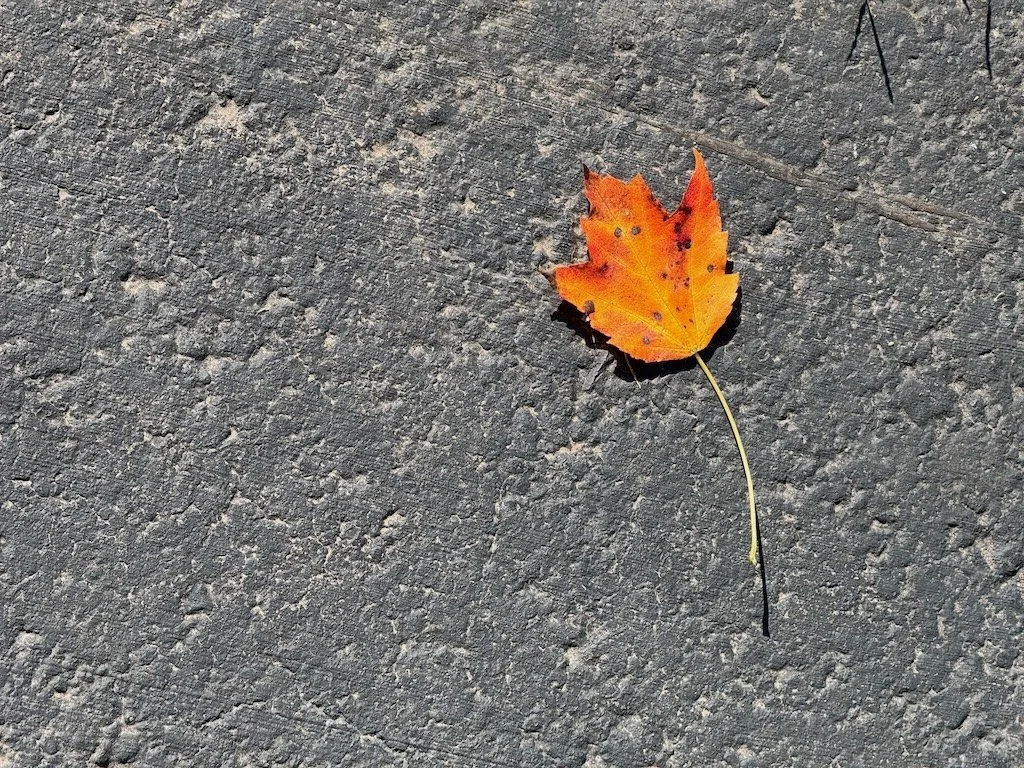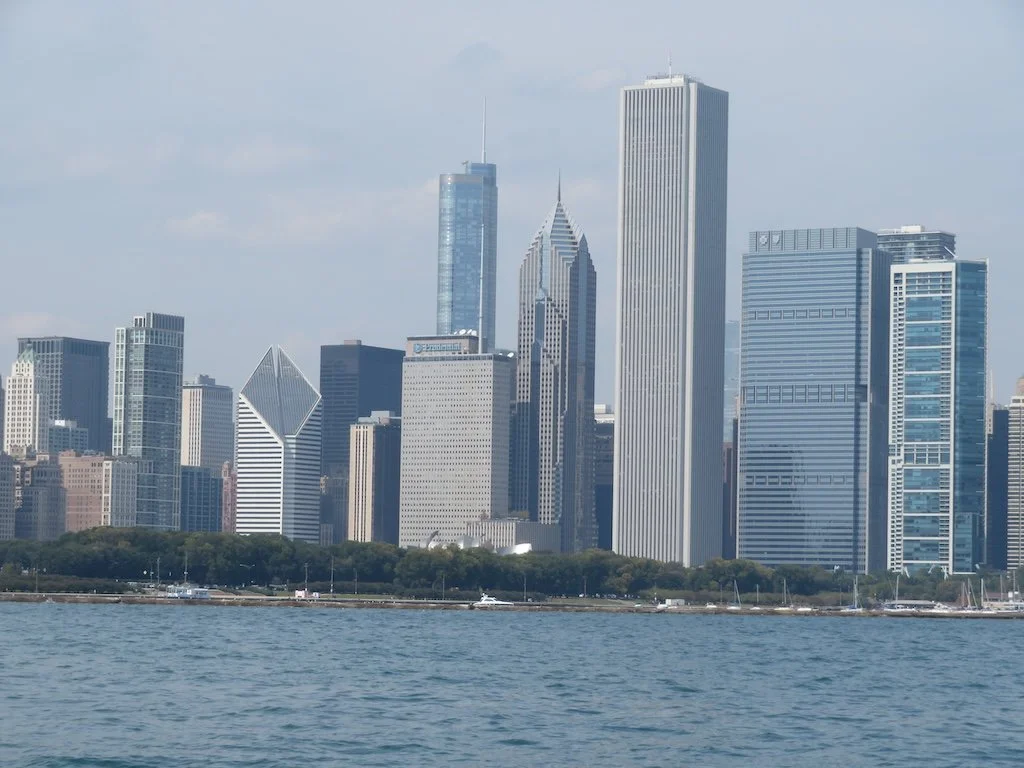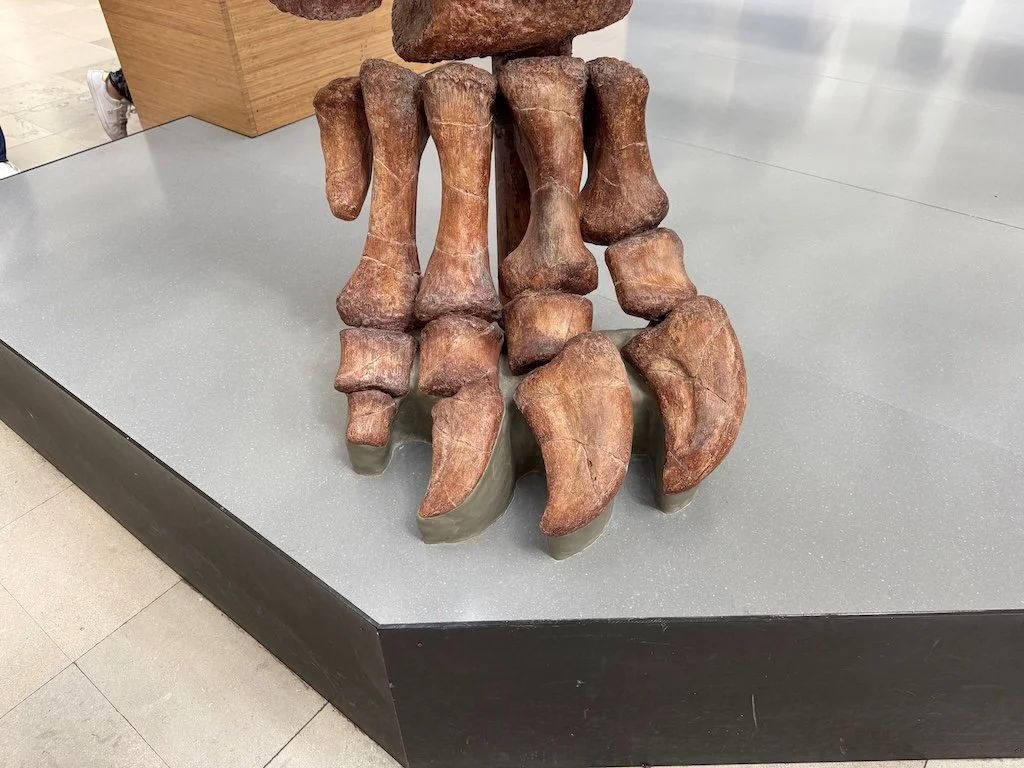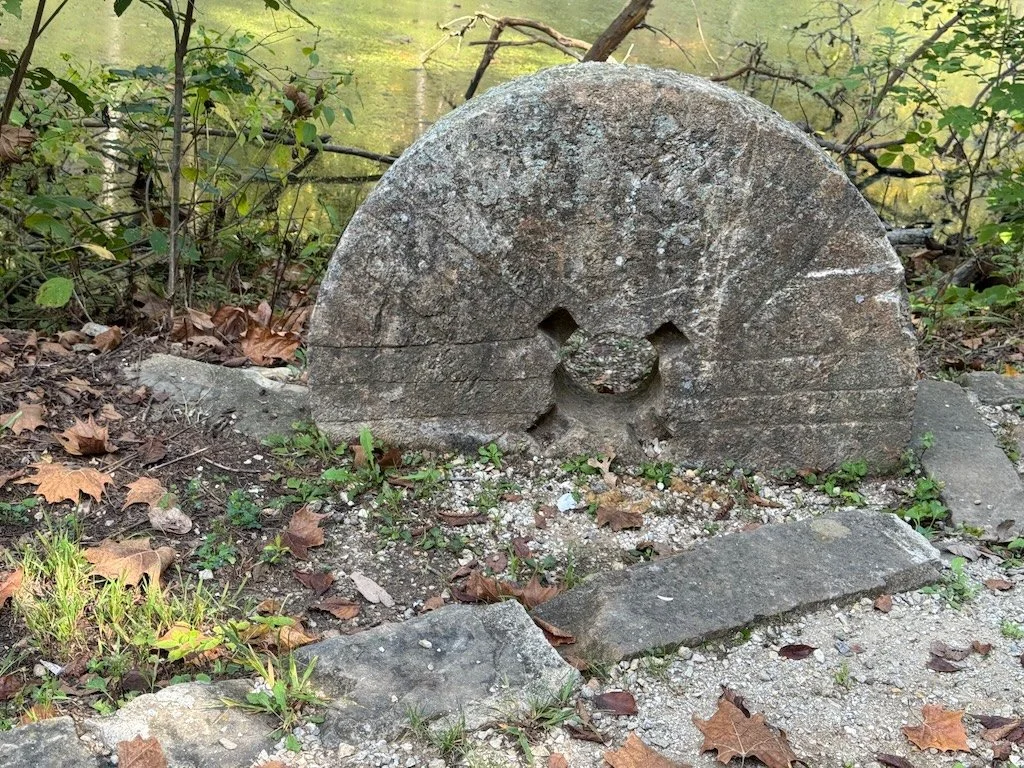Gleanings of the Week Ending July 28, 2012
/The items below were ‘the cream’ of the articles I read this past week. Click on the light green text to look at the article:
Colorful Science Sheds Light On Solar Heating - visualization from the Solar Dynamics Observatory. There is a short video to explain how they do the color coding.
You May Never Need to Clean Your Car Again, Thanks to New Coating Technology - estimated 6-8 years to production. If it works - it will be used on many more things that cars
Radiant creatures and their fluorescent proteins - DayGlo color from living organisms. Also take a look at the slideshow.
Insider Tips From The Grand Teton National Park Foundation - This is a recent post about Grand Teton but the site includes posts on all the parks…check it out as you plan a visit to one of them
Mad About Moths – National Moth Week! - Butterflies tend to capture more attention….but moths are interesting too!
A California jail offers a glimpse of the economic and environmental benefits of locally generated energy - microgrids already are cost effective in some parts of the country particularly for organizations that require very reliable power (hospitals, prisons, data centers, etc.) and their cost is coming down
Chris Helzer - Prairie ecologist and photographer - video that shares photos from the prairie; there’s a lot there to see
The Devil’s Pool - The swimming hole at the top of Victoria Falls (video)
Massive Ice Melt In Greenland - 97% of the Greenland ice sheet has surface melting. Last time it occurred was in 1889 based on ice cores. It went from 40% to 97% in 4 days!
Treatise on Landscape Painting in Water-colours - by David Cox and C. Geoffrey Holme and published in 1922. The images are not in color but they are detailed and still evoke stories of place. The link above is directly to the beginning of the image section in the ‘read online’ double page format that I prefer for books like this; the image below is what that format looks like and the green arrows show how to ‘page forward’ . To view the book in a different format, start with the main entry for the book on the Internet Archive here.





















